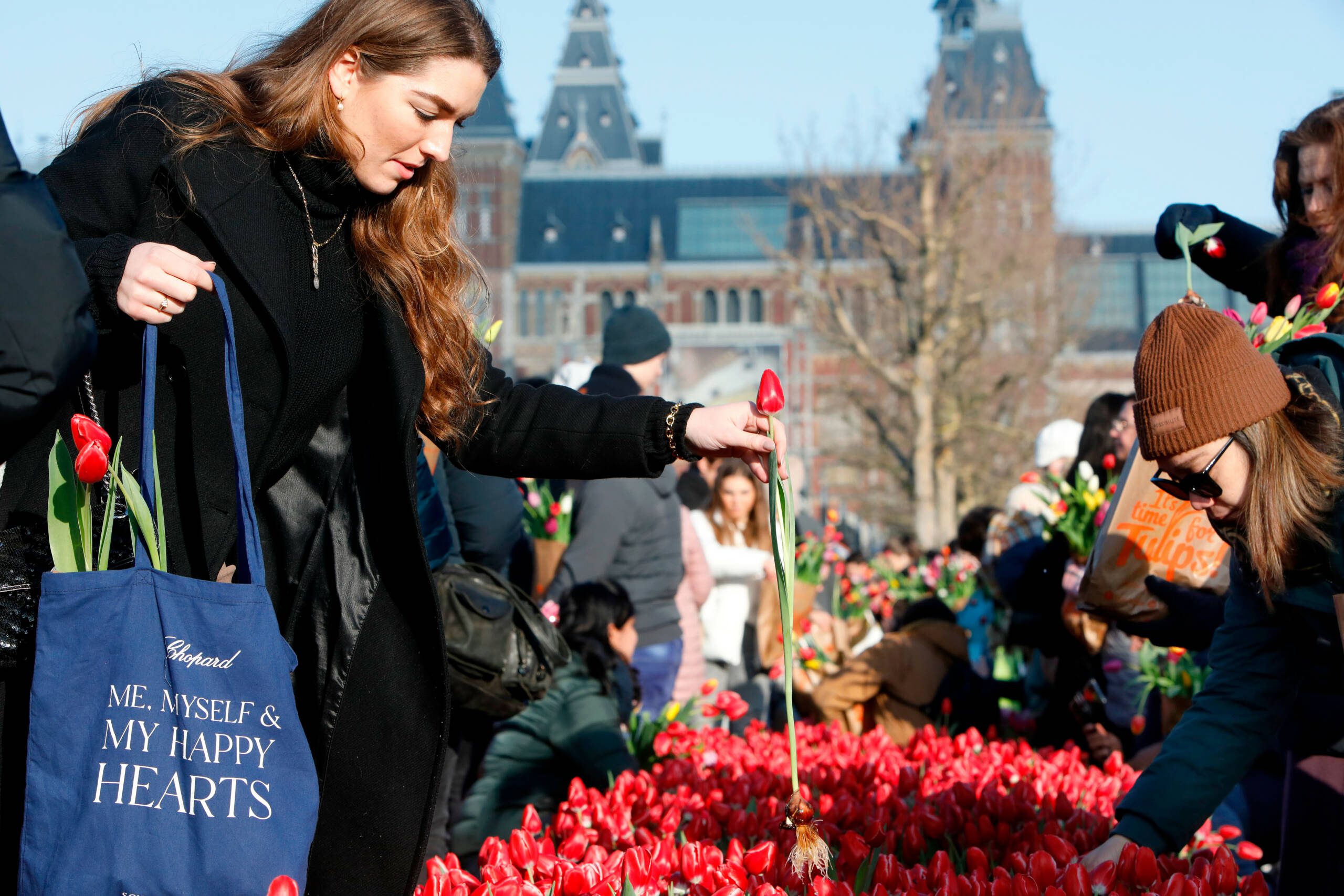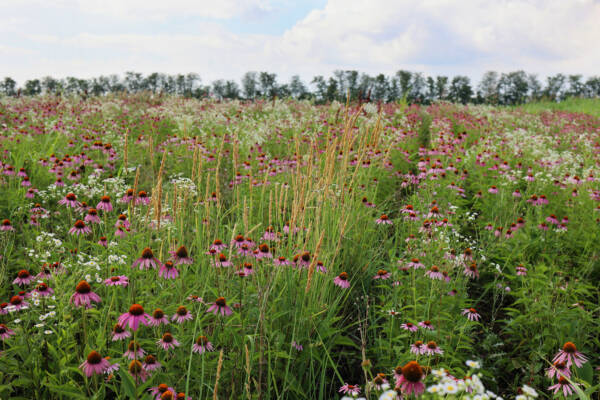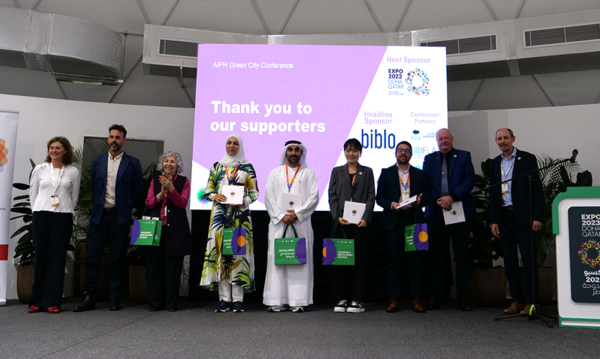Industry veteran, and former FCI publisher, Jaap Kras provides the floral statistics for the power of love in the February 2023 FloraCulture International magazine.
“There is no doubt that fresh-cut flower and ornamental plant growing and trading is a global affair. Yet, the exports of Dutch flowers and plants are one of the most important indicators of the health of our industry and floral purchasing in Europe.
We were all keen to see how the ornamental industry fared in 2022, the year in which life as a flower and plant grower/trader more or less snapped back into pre-pandemic normalcy.
Following two exceptional years, 2020 and 2021, in which the ornamental horticulture industry exploded due to an influx of novice gardeners and a boom in home gardening and home decoration, the consensus among Dutch floral wholesalers and ornamentals growers is that 2022 turned out to be a little bit disappointing across all categories. However, they quickly added that in 2022, sales returned to pre-pandemic levels. And everyone knows that 2019 was, by all means, was not a bad year for the roses. Yet, no one would dare to downplay the impact of the eye-watering energy prices and the spike in commodity prices.
The latest statistics from market analyst Floridata reveal 2022 was a year of resilience and contraction for Dutch flower and plant exports, reaching €7.1 billion, down 3 per cent from €7.3 billion in 2021.
In terms of export value, cut flowers fared relatively better than potted plants. Last year’s wedding boom was big, while people are viewing life events with a new sense of appreciation and trends, and that’s good for the cut flower business. Nevertheless, Dutch cut flower exports saw a slight drop in 2022, decreasing two per cent to €4.4 billion. By contrast, the export of plants contracted by five per cent to €2.7 billion.
Shipments to the Netherlands’ major export destination Germany – 25 per cent of Dutch flowers and plants are sold on the German market – and the UK were modestly down with 2.1 per cent and 3.1 per cent, respectively. The drop in export sales was more significant in France (- 9,3 per cent), Belgium (- 8 per cent) and, rather unsurprisingly, Russia. Officially Russia has disappeared from the Netherlands’ top ten export destinations. However, I fear that the Russian market continues to be served through alternative East European routes in Kazakhstan and Turkey. Floridata/VGB figures also show that the total value of flower exports to the USA amounted to €167 million, up 21 per cent from 2021.
Valentine’s Day – in case you don’t remember, is on 14 February each year and this year, it occurs on a Tuesday, which, true to tradition, is a perfect day for the holiday to land for florists – it is the first big floral holiday of the new year. In the USA alone, it is the number one holiday for florists in terms of the number of transactions, according to the Society of American Florists (SAF).
Valentine’s Day marks also marks the start of a new selling season in Europe, with peak sales happening around International Women’s Day on 8 March, the UK’s Mothering Sunday on 19 March, Easter on 9 April, Spain’s Mother Day Spain on 7 May, Mothers’ Day in Germany, Holland, the USA on 14 May, and finally ending with the French Mother’s Day on 4 June. These floral holidays culminate at the end of the academic year in May and June. In Dutch floral wholesale, there’s an old saying which loosely translates as ‘The first five months of the year are there to make a profit, while during the rest of the year, the main objective is to reduce losses as much as possible or, even more ideally, stay break even’.
When sampling the Valentine sentiments in the trade in Australia, East Africa, the USA and Colombia, FCI correspondent in the USA, William Armellini, told FCI: “If you hold your ear to the ground, you can hear the flower business in full swing”. His remarks confirm the feedback from Colombia and the USA, where Mr Red Kennicott of Kennicott Brothers Chicago gave insight into the pre valentine sales. After a difficult period in December and January, pre-ordering for Valentine’s Day is huge, says Kennicott, adding that Valentine’s Day on a Tuesday is always a positive factor. “Everyone anticipates strong Valentine’s sales. The good news for growers in South America and East Africa is that freight prices appear to stabilise, and there’s much pressure to get gasoline prices down.
In Australia, plant breeder, grower and licensor Anthony Tesselaar agrees that Valentine’s Day is very important for flower sales in Australia. The Covid-19 pandemic was very positive for flower and plant sales, with crazy prices across all categories. As a result, there is also a fair amount of greed among growers and florists. Many of them are on edge with record inflation rates and market volatility, which causes them to ask even more for the products than during the pandemic years. When growers set up their crops in spring, the weather was cool, causing delays in crop times. However, during the last weeks, Australia basked in mild temperatures, and flowers are now coming in thick and fast. Yet, florists tend to refrain from pre-ordering, hoping prices will drop. Some wholesalers keep their heads cool, carefully planning their business and searching for the right balance between supply and demand. Ultimately it will all go well. Cautiousness will result in a nice profit at the end of the day.
Meanwhile, our friend in Japan, Mr Ryoji Kato from the OTA flower auction, says, Valentine’s Day marks when women send chocolates to men. But in the slipstream of Valentine, we promote flowers heavily by stressing that offering flowers on Valentine’s Day is a healthier option. Flowers don’t cause obesity and are a much nicer token of love to present to a woman.”






























